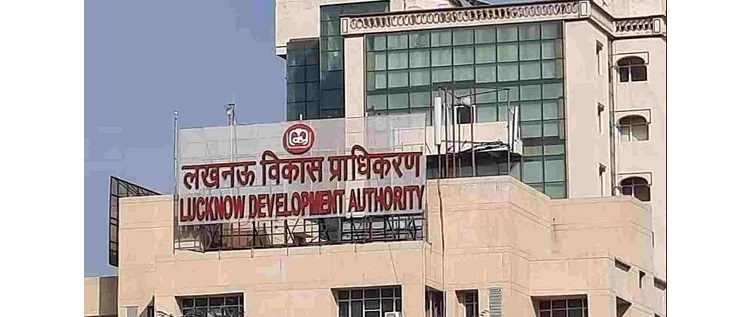E - PAPER
Real estate consolidation gains momentum
The Series of disruptions seen in the past 2-3 years (demonetisation, RERA, GST, NBFC liquidity crisis, accounting changes) have led to rapid consolidation in the sector. Reputed developers, which have been gaining market share, have aligned their businesses to comply with RERA, GST. The operatio
 BY
admin
BY
admin
Published - Monday, 15 Apr, 2019

The Series of disruptions seen in the past 2-3 years (demonetisation, RERA, GST, NBFC liquidity crisis, accounting changes) have led to rapid consolidation in the sector. Reputed developers, which have been gaining market share, have aligned their businesses to comply with RERA, GST.
The operations of unorganised developers have been impacted and they have slowed down their new launches (down 22% y-o-y in Q3FY19), finding it difficult to monetise ongoing inventory. Hence, top listed developers have reported 20-30% volume growth in 9MFY19 vs. tepid volume growth for the industry. Consequently, the market share of category A & B developers has increased sharply in a very short span of time.
NCR and MMR remain the most stressed markets in terms of liquidity (interest coverage of ~1.5x each vs. 3.7x for Bangalore). Thus, consolidation in NCR and MMR will be far more significant relative to Bangalore and other key cities. Reputed developers in NCR (DLF, Ashiana) and MMR (Oberoi, Godrej) can gain disproportionate market share over the next 1-2 years. While Bangalore will also see consolidation, market share gains are likely to be moderate.
Recent polls suggest a second term for NDA, which will be positive for the real estate industry. NDA is more focused on housing than UPA — funding and execution on Urban and Rural housing by NDA is higher than that of UPA. The NDA government has given multiple sops to private developers and consumers to revive demand in housing. BJP-ruled states have implemented strong housing reforms in the last 5 years.
RELATED STORY VIEW MORE
TOP STORY VIEW MORE

Mixed Outlook for Australia's Housing Sector In 2024
Mixed Outlook for Australia's Housing Sector In 2024
05 December, 2024NEWS LETTER
Subscribe for our news letter
E - PAPER
-

CURRENT MONTH 
LAST MONTH














